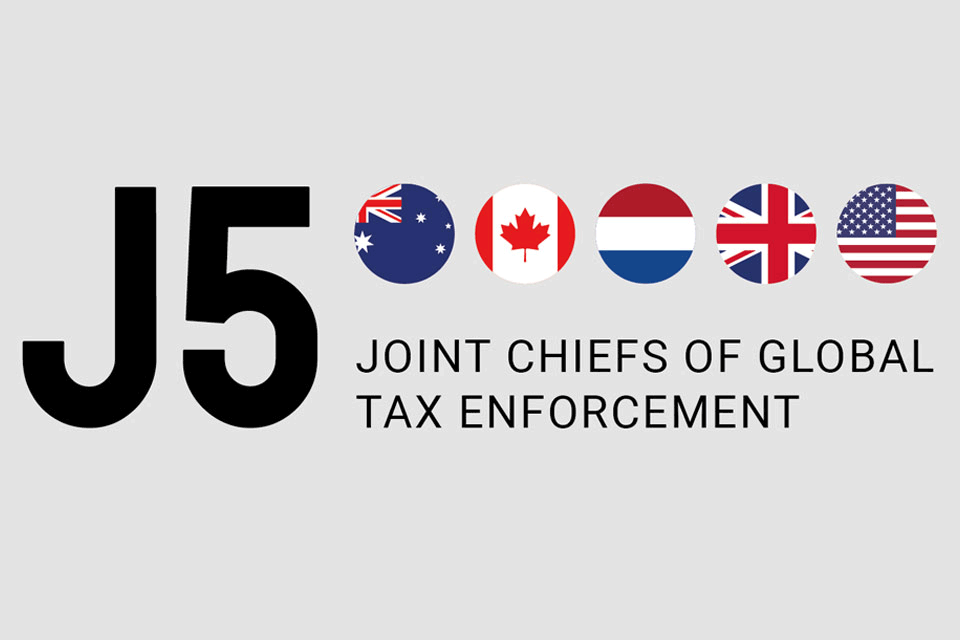The UK tax authority, His Majesty’s Revenue & Customs (HMRC) has released new guidelines to assist with Patent Box computations GfC9, on 7 November 2024, to address common errors in Patent Box computations. The aim is to improve compliance by clearly outlining the necessary information to include in Patent Box calculations and highlighting potential problem areas that could lead to tax adjustments.
The guidelines cover various aspects of applying for Patent Box treatment and performing the related calculations. It does not represent any change in the law or HMRC policy. They are not designed to be used in isolation, or to create an end-to-end process for businesses to comply with the rules. You should read these guidelines alongside our customer guidance for the Patent Box and HMRC’s technical guidance to help you to apply the Patent Box legislation in Part 8A of the Corporation Tax Act 2010.
The Patent Box enables companies to isolate profits from patented inventions and innovations, which are then taxed at a reduced corporate rate of 10%.
The Patent Box encourages companies to keep and commercialise intellectual property (IP) in the UK. The Patent Box computation allows a company to apply a lower rate of Corporation Tax to profits earned from its patented inventions. The Patent Box can also be applied to profits from some rights to medicinal or botanic innovations.
HMRC found that some companies who elect into the Patent Box do not include enough detail in their tax computation. This leads to compliance checks that are often resolved when we see the missing detail. HMRC also found common areas where errors can occur in Patent Box computations.
These Guidelines for Compliance (GfC) set out the recommended information to include with your Patent Box computation. These GfC also tell you about problem areas that lead to tax adjustments. HMRC wants to share information to help you manage those risks.
Not all expectations or recommended approaches will be relevant to all businesses. These guidelines cover common scenarios and are not expected to be followed step-by-step. Some points may not apply to all customers and the links to technical guidance may cover subjects that do not apply to every customer. Customers with more complex tax affairs may need to provide more information.
Companies with a Customer Compliance Manager (CCM) may choose to discuss how to apply this guide with their CCM. Companies without a CCM who have specific questions about these guidelines may contact RD.IncentivesReliefs@hmrc.gov.uk. Include ‘Patent Box’ in the subject line.
About Guidelines for Compliance
Guidelines for Compliance (GfC) are a suite of products for businesses and their advisors. GfC makes clear our view on complex, widely misunderstood, or novel areas of the tax rules. They may apply to any tax or duty administered by HMRC, or to an issue that involves more than one tax or duty.
Business has requested greater transparency and clarity from HMRC to help them manage tax risk. The goal of GfC is to extend our publications beyond interpretation of the law, helping you understand our expectations and get taxes right the first time. HMRC shares their view of risks, highlighting approaches that may lead to errors and HMRC assessments. They share practical approaches to lower the risk of being non-compliant. Following GfC helps businesses to avoid unnecessary contact from us and to adopt a lower risk tax strategy, reducing the risk of paying additional tax, interest, and penalties.
Who can benefit from the Patent Box
You may be able to elect into the Patent Box if all of the following apply to your UK company during an accounting period, the company:
- is a trading company liable to Corporation Tax
- makes a profit from exploiting qualifying intellectual property (IP) rights, including patents and some rights from medicinal or botanic innovations
- owns or has exclusively licenced-in the qualifying rights
- has undertaken qualifying development on the qualifying rights
The Patent Box may also apply to your company if your rights to qualifying IP stem from a cost sharing arrangement. Companies that are members of a group must also meet the active ownership condition.
















